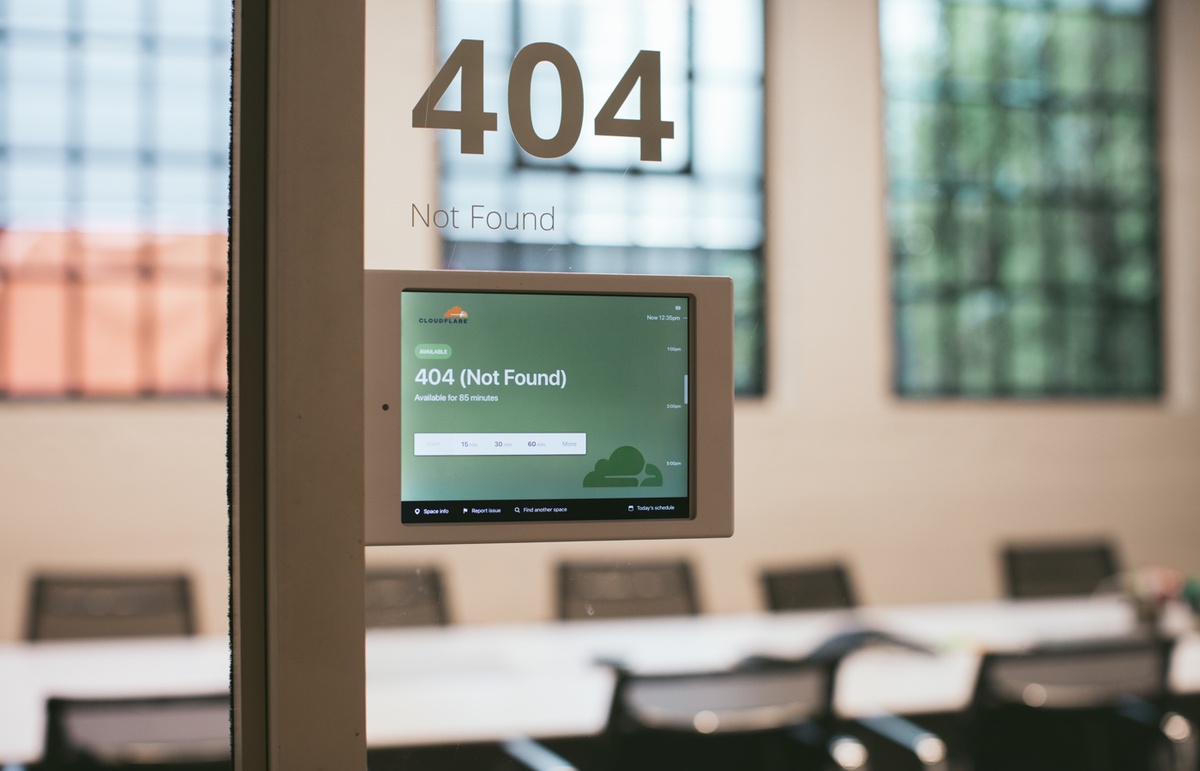
Conference Room Schedule Display
Conference Room Schedule Display In today's fast-paced corporate world, time management is crucial for maximizing productivity and ensuring a smooth workflow. One common challenge faced by organizations is the effective scheduling and management of conference rooms. However, with the advent of modern technology, traditional manual methods are being replaced by digital solutions.
What is Conference Room Schedule Display:
Conference Room Schedule Display have emerged as a powerful tool to streamline the booking process, enhance communication, and optimize resource allocation. This article explores the benefits and functionalities of conference room schedule displays and highlights their role in improving efficiency and productivity in the workplace.
Streamlining Booking Process:
Gone are the days of cumbersome paper-based scheduling systems that often led to conflicts and misunderstandings. Conference room schedule displays offer a seamless and user-friendly booking process. Employees can easily view the availability of conference rooms in real time and make reservations directly from the display panel. This eliminates the need for lengthy email chains or phone calls, reducing administrative burdens and saving valuable time. By centralizing the scheduling process, conflicts and double bookings are minimized, ensuring efficient use of meeting spaces.
Enhanced Communication and Collaboration:
Conference room schedule displays serve as a communication hub, fostering better collaboration among team members. These displays can be integrated with calendaring and email systems, providing up-to-date information on meetings, attendees, and room availability. By displaying meeting details and agenda, participants can quickly gather relevant information before entering the conference room, promoting a more efficient and productive meeting environment. Additionally, some schedule displays offer interactive features, such as touchscreens, allowing employees to check in for their meetings, request additional resources, or even make impromptu bookings, further improving communication and collaboration.
Optimizing Resource Allocation:
The efficient allocation of resources is vital for any organization. Conference room schedule displays provide valuable insights into room utilization and help optimize resource allocation. By analyzing occupancy patterns and usage trends, businesses can make informed decisions regarding room capacities, equipment requirements, and space optimization. This data-driven approach ensures that resources are allocated effectively, reducing waste and unnecessary expenses. Moreover, some advanced schedule displays can integrate with facility management systems, automating tasks like adjusting lighting, temperature, and audio-visual settings based on scheduled meetings, further enhancing resource optimization and energy efficiency.
Conclusion:
In today's fast-paced and dynamic work environments, organizations must leverage technology to enhance efficiency and productivity. Conference room schedule displays have revolutionized the way meetings are managed, offering a range of benefits that streamline the booking process, enhance communication, and optimize resource allocation. By replacing traditional manual methods with digital solutions, businesses can save time, reduce administrative burdens, and minimize conflicts related to conference room bookings. These displays act as a central communication hub, providing real-time information to employees and promoting collaboration.
Additionally, the insights gained from analyzing room utilization patterns can assist organizations in making informed decisions about resource allocation and space optimization, ultimately leading to cost savings. As organizations continue to prioritize productivity and seamless workflows, conference room schedule displays have become indispensable tools for efficient meeting management. Embracing this technology can unlock the full potential of conference rooms, facilitating effective communication, collaboration, and productivity in the modern workplace.
Conference Room Schedule Display How Its Works?
Conference room schedule displays work by integrating with scheduling software and displaying real-time information about room availability, reservations, and meeting details. Here's a breakdown of how they typically work:
Scheduling Software Integration:
Conference room schedule displays are connected to a centralized scheduling software or platform, which manages the booking and scheduling of conference rooms. This software can be an independent system or integrated with existing calendaring and email systems, such as Microsoft Outlook or Google Calendar.
Real-Time Updates:
The schedule display pulls data from the scheduling software in real time, ensuring that the information displayed on the screen is up-to-date and accurate. This allows employees to view the current availability of conference rooms without the need for manual updates or communication with administrators.
Room Availability and Reservations:
The display panel shows a visual representation of the conference rooms in the office or building, along with their current status. Rooms that are available for booking are displayed as vacant or unoccupied, while rooms that are already reserved or in use are marked as occupied or booked. This helps employees quickly identify which rooms are available for their desired time slot.

Booking and Reservation Process:
Users can interact with the schedule display through touchscreens or other input methods to make reservations directly. They can select a desired room, specify the meeting duration, add meeting details (such as title, participants, and agenda), and confirm the reservation. The scheduling software updates the database in real time, reflecting the new reservation and ensuring that other users can see the updated availability status.
Meeting Details and Notifications:
Once a reservation is made, the display panel can show meeting details such as the meeting title, organizer, start and end times, and participant names. This information helps attendees quickly gather the necessary information before entering the conference room. Additionally, notifications can be displayed to remind users of upcoming meetings or changes to the schedule.
Additional Features:
Some conference room schedule displays offer additional features to enhance the meeting experience. For example, they may provide interactive capabilities for attendees to check in for their meetings, request additional resources (e.g., projectors or whiteboards), or make impromptu bookings for ad-hoc meetings. These features further streamline the communication and collaboration process.
Final Words:
Overall, conference room schedule displays simplify the booking process, provide real-time information on room availability, and enhance communication and collaboration in the workplace. By eliminating manual processes and automating room management, they contribute to increased efficiency and productivity in the utilization of conference rooms.


No comments yet